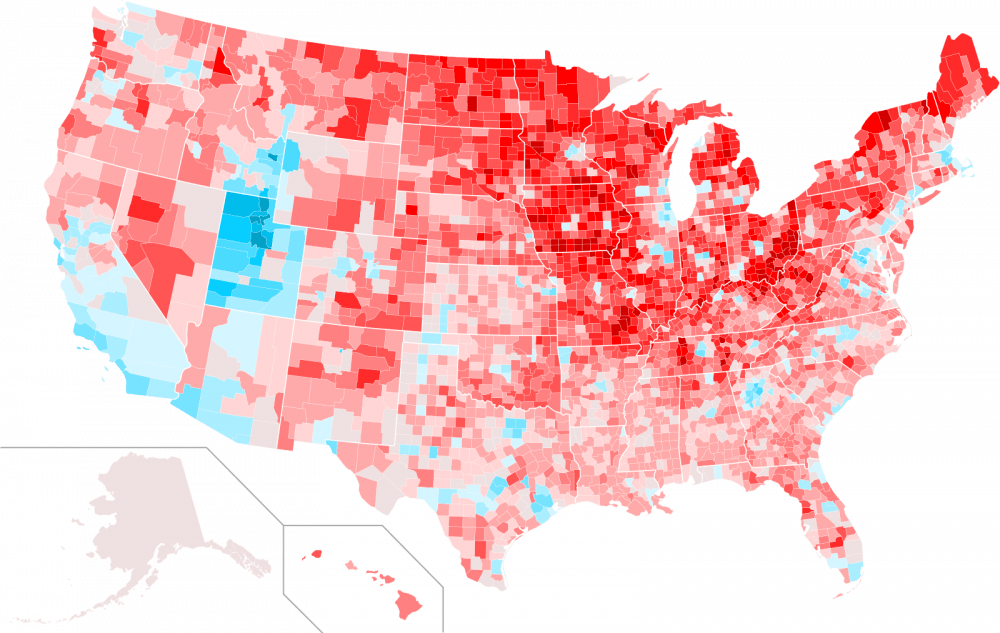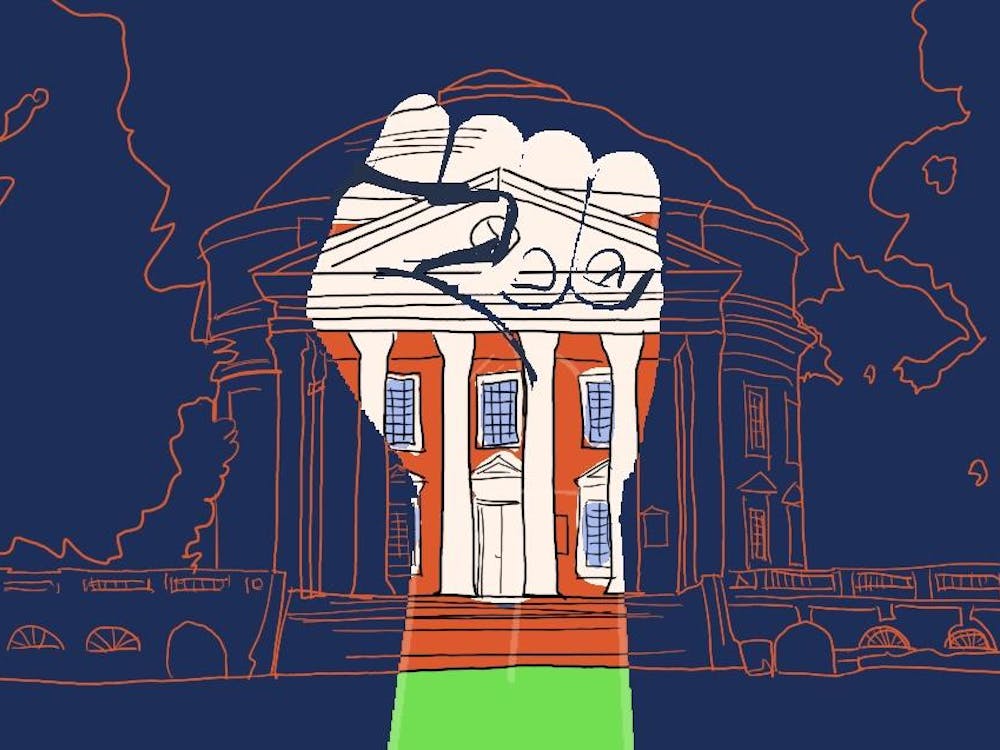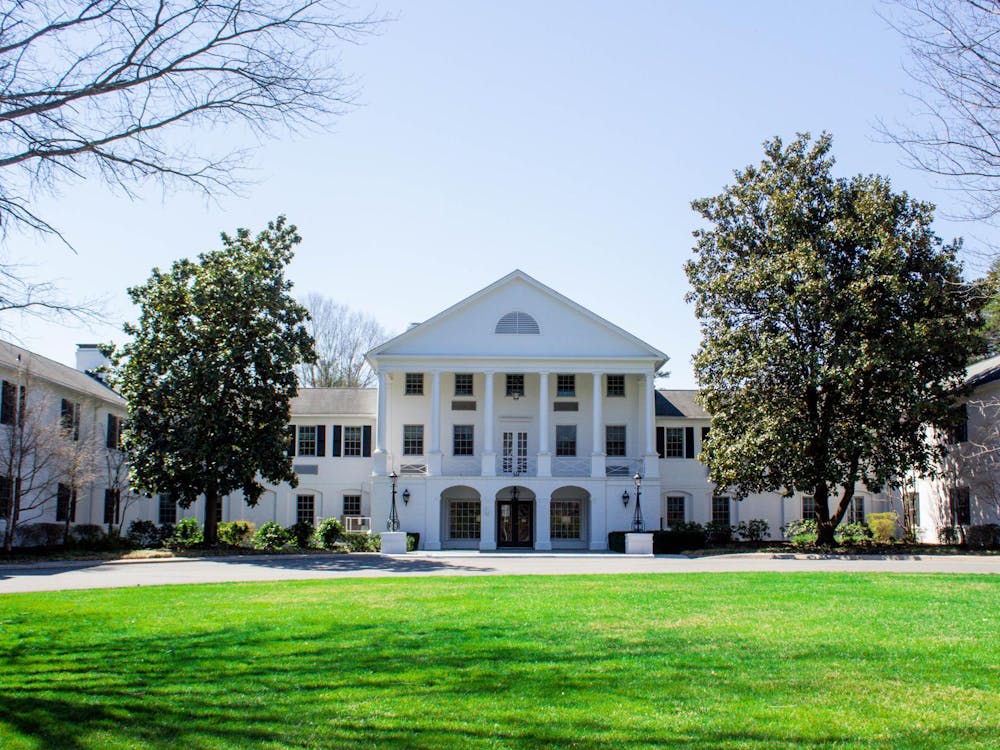The electoral college system was established in 1789 as a compromise between states with large populations and states with smaller populations to guarantee equal representation in government. While the system initially operated to protect small states, this was when our country was first founded, when states acted more as 13 individual colonies with their own interests than as one unified country. In present day, however, the electoral college system only serves as an impediment to democracy by disenfranchising voters and improperly representing the true opinions of the country.
A key argument that we see in support of the electoral college is that the system defends smaller states, as their lack of population would essentially bar them from having a real impact on the election. However, this view seems to be based on the idea that states are voting as one entity, which is far from reality. Among the six smallest states by population in the country — Wyoming, Vermont, Alaska, North Dakota, South Dakota and Delaware — in 2016, a candidate was only able to secure more than two-thirds of the vote in Wyoming. These states are not overwhelmingly supporting one candidate — the interests of these small states are very divided, and a winner-take-all electoral system inaccurately represents the actual attitudes of these states’ voters.
Moreover, we see the argument made that, without an electoral college, urban areas would dominate the election, as more people live in major cities and the interests of cities would therefore have a greater say in the election. If we look to Illinois — home to Chicago, the country’s third largest city — we see that this is already the case. A map of the state’s decision in the 2016 presidential election shows that nearly every county went red — of the state’s 102 counties, only 11 had a majority voting for Clinton. However, because the Chicagoland area is more Democratic, all of the state’s 20 electoral votes went to Hillary Clinton. About two million of Clinton’s nearly three million votes in the state came from Cook County — where Chicago is located — and the surrounding counties.
Looking at this in terms of percentage of the overall vote shows that Chicago has a much greater influence over the election with the electoral college system than with a popular vote system. Illinois has 20 electoral college votes, which is about 3.7 percent of the nationwide electorate. In the 2016 election, slightly over 3 million people voted for Clinton in the state, which, when compared to the nearly 139 million voters in the country, would have made up about 2.22 percent of the popular vote. Nearly 2.1 million people in the state voted for Trump, which made up about 1.51 percent of the country’s popular vote. A popular vote system would have only given Clinton a slight edge — less than 1 percent more votes in the overall national election — over Trump, but the winner-take-all electoral college system gave her nearly 4 percent of the electoral votes in the country.
A popular vote system would, therefore, decrease the influence that major cities have on the overall election. States like Illinois and New York have large Republican voting bases, but these votes do not matter with our current system. The electoral college does not provide everybody a voice, it takes the voice of a slight majority of a state and presents that opinion as the opinion throughout the state.
In certain states, voters are also most likely discouraged from voting because of the incredibly high possibility of the vote going a certain way. States like Illinois, New York , California or Texas almost always end up voting for a certain party. Each of these states has voted for the same party in the previous five presidential elections, dating back to 2000. With an electoral college system, voters who don’t vote for the winning party essentially have their votes discarded, as states mostly run on a winner-take-all system. A change to a popular vote system could potentially encourage more voter participation, as every vote in the state would count towards the overall election regardless of which candidate receives a majority in the state.
States are seldom voting together in national elections — the electoral college does not defend the interests of smaller states because there is no one common candidate that smaller states are supporting. If anything, the electoral college misrepresents a slight majority as representing an entire state’s interests. In Wisconsin, for example, Trump received only 1 percent more of the vote than Clinton, and yet, because of the system we currently use, this served as the opinion for the entire state. The abolition of the electoral college would enable the country to better represent the voices of all people in the country, making sure that every person’s vote actually counts during incredibly consequential elections.
Zack Pasciak is an Opinion Columnist for The Cavalier Daily. He can be reached at opinon@cavalierdaily.com.







